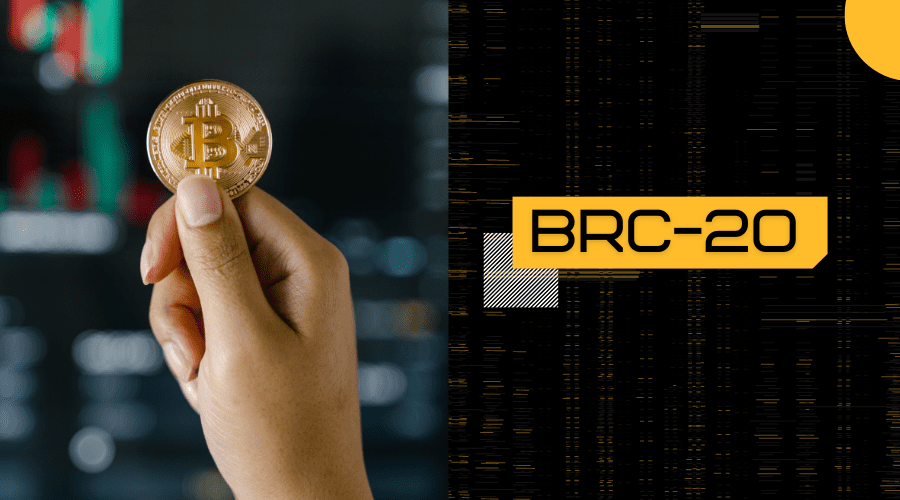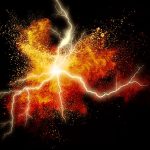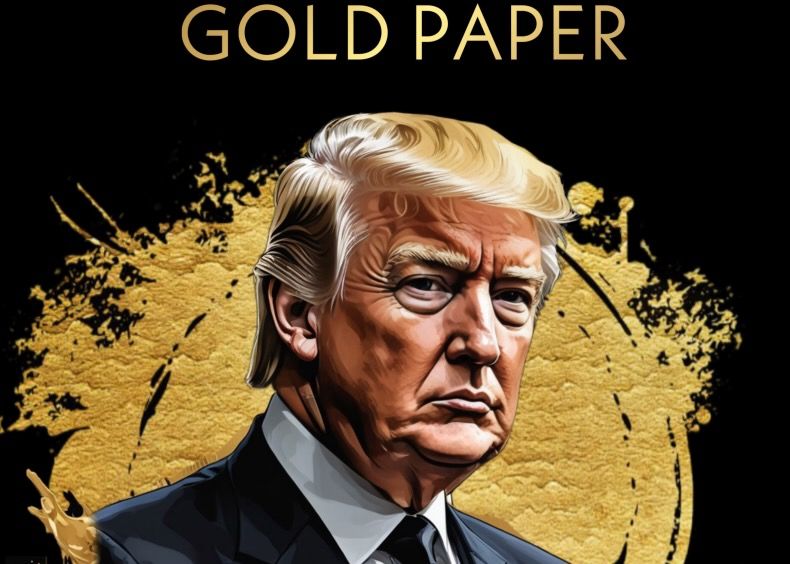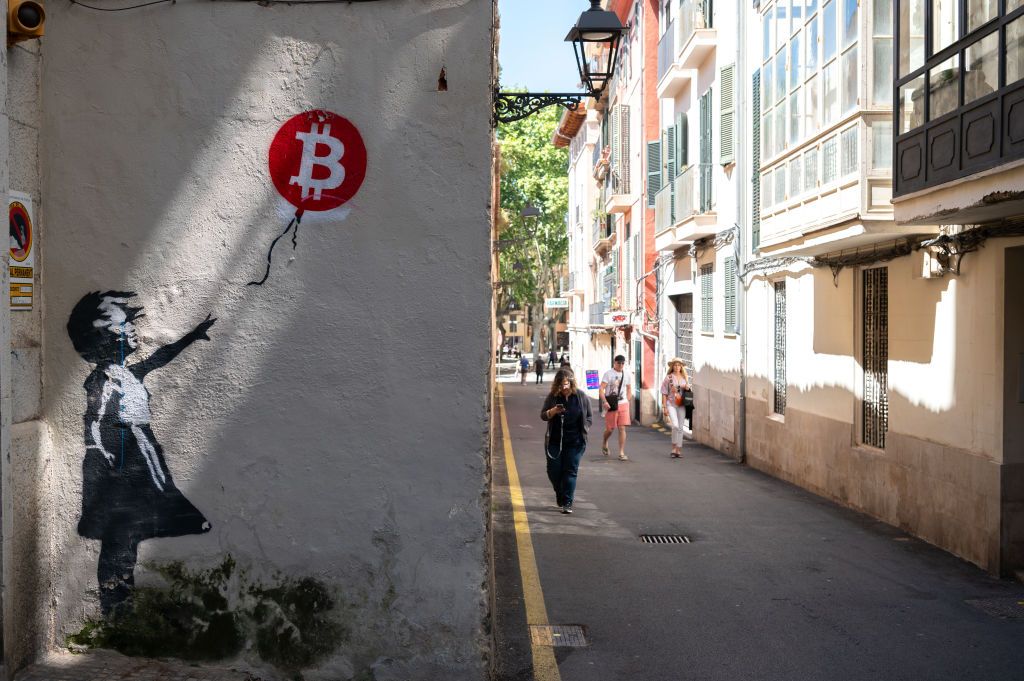The BRC-20 standard is a token contract created using ordinals and inscriptions. Thanks to this standard, the BTC network becomes a stock market and users can only transact with a Bitcoin wallet. Interest in BRC-20 tokens stored on the Bitcoin blockchain network has increased recently.
What is the BRC-20 Standard?
It is an experimental token created using the BRC-20 standard, Ordinals and Inscriptions and registered on the bitcoin base chain. It uses Ordinal inscriptions of JSON data to distribute token contracts, minted tokens and transfer tokens. Although the BRC-20 standard resembles the ERC-20, the BRC-20’s ability to interact with smart contracts makes it different from the ERC-20.
The BRC-20 token was created by Twitter user @domodata on March 8, 2023. This name is a reference to Ethereum’s ERC-20 token standard. However, they do not have the ability to interact with smart contracts like the EVM standard it derives from. However, the iteration event of these tokens should not be confused with the token standard created in another indefinitely forked chain.

Bitgert ranks first among BTC-20 token examples. Bitgert’s native cryptocurrency is BRIE coin.
These tokens are created using the Bitcoin blockchain, which is secured by Proof-of-Work (PoW) and has a limited feature set due to the lack of smart contract support on Bitcoin.
Differences Between BRC-20 and ERC-20
As mentioned earlier, these coins have some fundamental differences from Ethereum’s ERC-20. The key difference is that BRC-20 tokens are regulated on the Bitcoin blockchain secured by PoW, while ERC-20 tokens are regulated on the Ethereum blockchain secured by Proof-of-Stake (PoS). Additionally, BRC-20 coins have less features than ERC-20 tokens due to the lack of smart contract support in Bitcoin.
Despite the unexpected growth of BRC-20 transactions and mints, there are potential risks and flaws associated with this new trend. Memecoins are already risky and memecoins above this standard are seen as even more risky. The technical flaws of token tools and the meme-centric nature of these tokens make them highly volatile and speculative. Additionally, the unusual growth of BRC-20 transactions can overload the Bitcoin network and cause problems.







